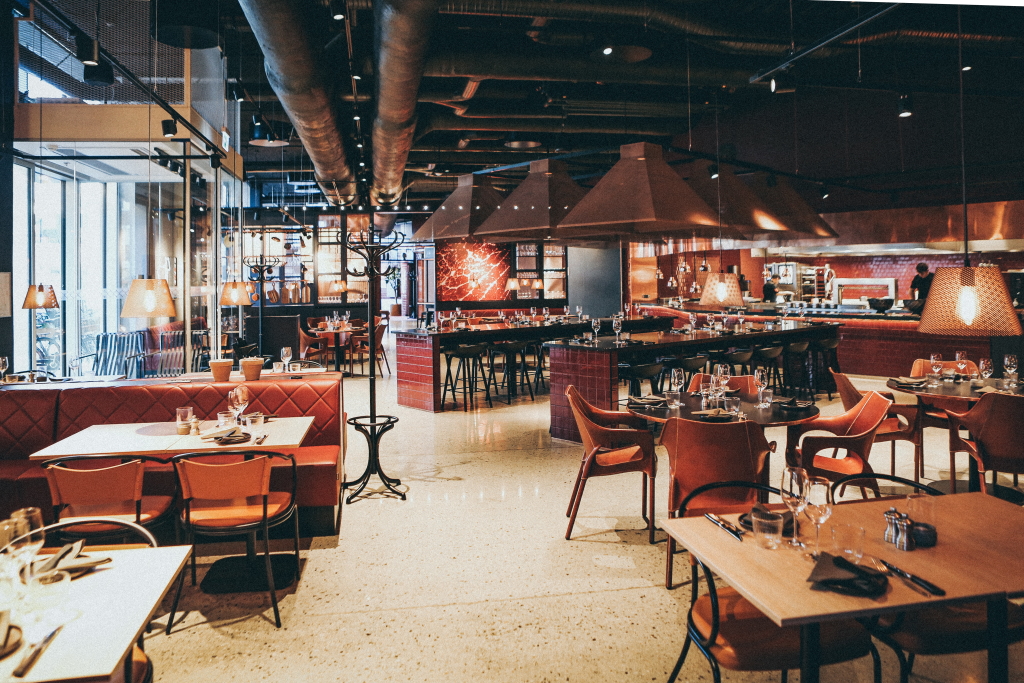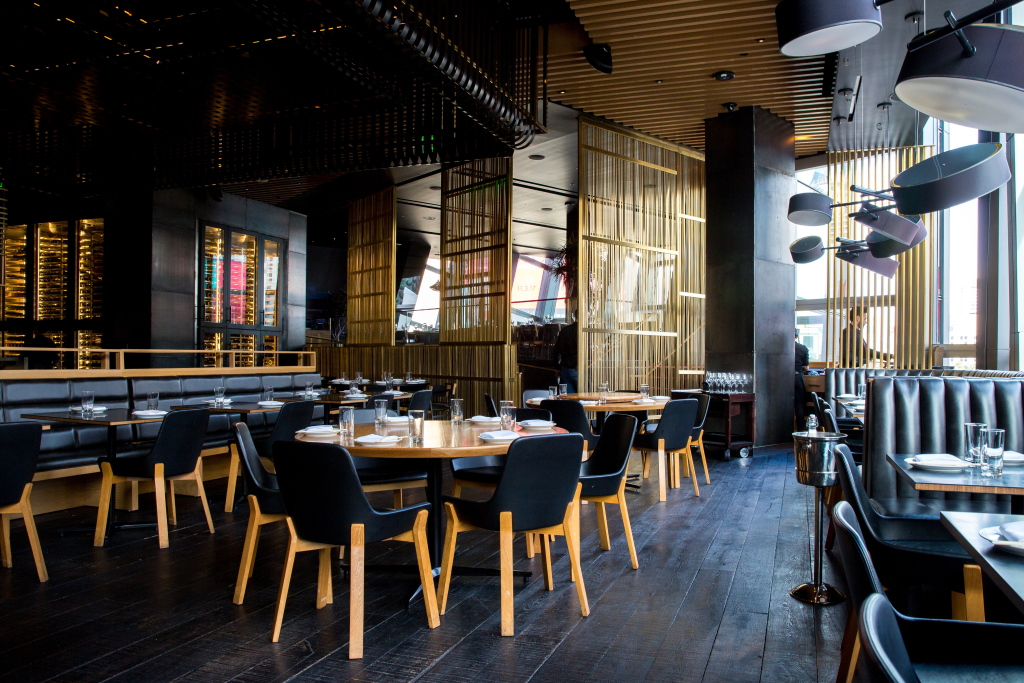Running a successful restaurant involves more than just serving delicious food and providing excellent customer service. It also requires efficient management of various aspects, including the point of sale (POS) system. A restaurant POS system is a crucial tool that streamlines operations, tracks sales, manages inventory, and enhances the overall dining experience. However, with numerous options available in the market, selecting the right restaurant POS system for your business can be a challenging task. In this comprehensive guide, we will walk you through the key factors to consider and provide valuable insights to help you make an informed decision.
Choosing the Right Restaurant POS System for Your Business
Selecting the most suitable restaurant POS system is a crucial decision that can significantly impact the efficiency and profitability of your business. Here are some essential factors to consider when making your choice:
1. Determine your specific requirements
Before diving into the sea of available options, start by evaluating your specific needs. Consider the size of your restaurant, the volume of daily transactions, the complexity of your menu, and any unique features you require. For instance, do you need table management capabilities, online ordering integration, or inventory tracking? Identifying your requirements upfront will narrow down your choices and ensure that the POS system you select aligns perfectly with your business needs.
2. User-friendly interface
A user-friendly interface is crucial for the smooth operation of your restaurant. Look for a POS system that offers an intuitive and easy-to-navigate interface. Your staff should be able to quickly learn and adapt to the system, minimizing training time and potential errors. A visually appealing interface with clear menu options and easily accessible functions will contribute to the overall efficiency of your restaurant operations.
3. Integration capabilities
A well-integrated POS system can enhance your restaurant’s efficiency by seamlessly connecting various aspects of your business. Look for a system that offers integration with other software, such as accounting, inventory management, and online ordering platforms. This integration eliminates the need for manual data entry and ensures real-time synchronization, saving time and reducing errors.
4. Cloud-based vs. on-premise POS systems
When choosing a POS system, you’ll come across two primary options: cloud-based and on-premise. Cloud-based systems store data on remote servers, accessible from any device with an internet connection. On the other hand, on-premise systems require hardware installation and store data locally. Cloud-based systems offer more flexibility, remote accessibility, and automatic data backups, while on-premise systems provide better control over data and may be preferred by businesses with specific security concerns.
5. Scalability and future growth
Consider the scalability of the POS system as your restaurant expands and evolves. Can the system accommodate additional terminals, multiple locations, or changes in menu items? Ensure that the POS system you choose can grow with your business, avoiding the need for frequent system replacements.
6. Reporting and analytics
Insightful reporting and analytics are invaluable for understanding your restaurant’s performance, identifying trends, and making data-driven decisions. Look for a POS system that offers comprehensive reporting capabilities, such as sales reports, inventory tracking, employee performance analysis, and customer behavior insights. Access to actionable data will enable you to optimize operations and drive business growth.
7. Support and training
Even with a user-friendly POS system, adequate support and training are essential for a smooth transition and ongoing operation. Check the support options provided by the POS system vendor, including phone support, email assistance, and online resources. Additionally, consider whether the vendor offers training sessions or comprehensive documentation to ensure your staff can make the most of the system’s features.
8. Security and compliance
In today’s digital landscape, ensuring the security of your customers’ sensitive information is paramount. Look for a POS system that adheres to industry standards and offers robust security measures. It should provide features such as encryption of customer data, secure payment processing, and compliance with Payment Card Industry Data Security Standard (PCI DSS) requirements. Protecting your customers’ information builds trust and safeguards your restaurant’s reputation.
9. Pricing and affordability
Consider the pricing structure of the POS system and evaluate its affordability for your business. Some POS systems charge a one-time fee for the software, while others follow a subscription-based model. Take into account any additional costs, such as hardware, ongoing support, and software updates. Compare the pricing plans of different vendors and choose the one that offers the best value for your budget while meeting your requirements.
10. Ease of maintenance and updates
A reliable POS system should be easy to maintain and regularly updated with new features and security patches. Check if the vendor provides automatic updates or if you need to manually install them. It’s also worth considering how easy it is to troubleshoot any issues that may arise and whether the vendor offers technical support to assist you promptly.
11. Reviews and reputation
Do thorough research on the reputation and reviews of the POS system and vendor you are considering. Look for feedback from other restaurant owners or industry professionals to gain insights into their experiences. Consider factors such as reliability, customer support, and overall satisfaction. This will help you gauge the system’s performance and reliability before making a final decision.
12. Mobile compatibility
With the increasing use of mobile devices, having a POS system that is compatible with smartphones and tablets can be advantageous. Mobile compatibility allows for greater flexibility in taking orders, processing payments, and managing operations on-the-go. It can also facilitate tableside ordering, reducing wait times and enhancing the customer experience.
13. Customization options
Every restaurant has its unique requirements and branding. Look for a POS system that offers customization options to tailor the interface and features to align with your restaurant’s branding and workflow. This can include customizing menu layouts, adding your logo and color scheme, and defining user roles and permissions.
14. Vendor reputation and support
The reputation and support provided by the POS system vendor are crucial factors to consider. Research the vendor’s track record, longevity in the industry, and the level of customer support they offer. A reputable vendor with a strong support system will ensure a smooth implementation process and be available to assist you whenever needed.
15. Hardware compatibility
Ensure that the POS system you choose is compatible with the hardware you currently have or plan to use. Consider factors such as compatibility with receipt printers, cash drawers, kitchen display systems, and any other peripherals you rely on for your restaurant operations. Compatibility issues can lead to additional expenses or operational disruptions, so it’s essential to verify this beforehand.
16. Customer reviews and feedback management
Managing customer reviews and feedback is crucial for improving your restaurant’s reputation and customer satisfaction. Some POS systems offer integrated feedback management features, allowing you to collect and respond to reviews directly within the system. These features can help you identify areas for improvement and address customer concerns promptly, ultimately enhancing your restaurant’s reputation.
17. Training and onboarding process
The training and onboarding process for your staff is vital to ensure a smooth transition to the new POS system. Check if the vendor offers comprehensive training materials, tutorials, or even on-site training sessions. A thorough training program will empower your staff to use the system effectively, minimizing errors and maximizing efficiency.
18. Compatibility with third-party integrations (continued)
systems, loyalty programs, or accounting software. Integration with these external systems can streamline your operations and provide a seamless experience for both your staff and customers. Check if the POS system has pre-built integrations or an open API that allows for easy integration with the tools you already use or plan to implement.
19. Return on Investment (ROI)
Assess the potential return on investment (ROI) of the POS system you are considering. Look beyond the upfront costs and consider the long-term benefits and cost savings it can provide. Factors such as increased efficiency, reduced labor costs, improved inventory management, and enhanced customer experience can contribute to a positive ROI. Evaluate how the system can help you generate revenue, cut expenses, and ultimately contribute to the growth of your restaurant.
20. Trial and demos
Finally, take advantage of trial periods and demos offered by POS system vendors. These opportunities allow you to get hands-on experience with the system and evaluate its functionality, ease of use, and suitability for your business. Engage your staff during the trial period to gather their feedback and ensure their comfort with the system. Making an informed decision based on firsthand experience will increase the likelihood of choosing the right POS system for your restaurant.
FAQs about Choosing the Right Restaurant POS System for Your Business
- What are the benefits of using a POS system in a restaurant? A restaurant POS system offers numerous benefits, including streamlined operations, efficient order management, accurate inventory tracking, enhanced reporting and analytics, improved customer service, and increased profitability.
- What is the difference between a cloud-based and an on-premise POS system? A cloud-based POS system stores data on remote servers, accessible from any device with an internet connection. On the other hand, an on-premise system requires hardware installation and stores data locally. Cloud-based systems offer more flexibility and remote accessibility, while on-premise systems provide better control over data.
- Can a POS system integrate with online ordering platforms? Yes, many POS systems offer integration with popular online ordering platforms. This integration allows for seamless order management and synchronization between the POS system and the online ordering platform.
- How can a POS system improve inventory management? A POS system with inventory management capabilities can track ingredient usage, monitor stock levels, generate automated purchase orders, and provide real-time insights into inventory performance. This helps reduce waste, optimize stock levels, and ensure efficient inventory replenishment.
- What should I consider when choosing a POS system for a multi-location restaurant? When selecting a POS system for a multi-location restaurant, consider features such as centralized management, real-time data synchronization across locations, multi-location reporting, and the ability to manage menu variations and pricing across different outlets.
- Can a POS system help with customer loyalty programs? Yes, many POS systems offer built-in loyalty program management or integration with third-party loyalty platforms. These features allow you to implement and track customer loyalty programs, reward frequent diners, and encourage repeat business.
Conclusion
Choosing the right restaurant POS system is a critical decision that can greatly impact the success of your business. By considering factors such as your specific requirements, user-friendly interface, integration capabilities, scalability, reporting and analytics, and support, you can make an informed choice that aligns with your restaurant’s needs and goals. Remember to evaluate security features, pricing, customization options, and the reputation of the vendor. With careful research and consideration, you can select a POS system that streamlines your operations, enhances the customer experience, and drives the growth of your restaurant.


